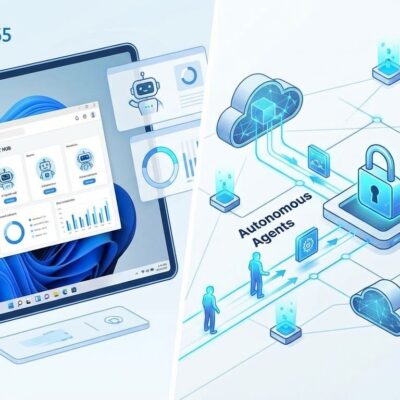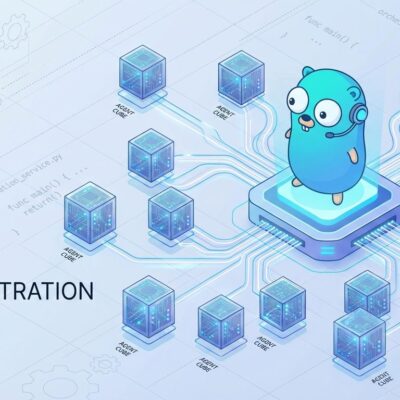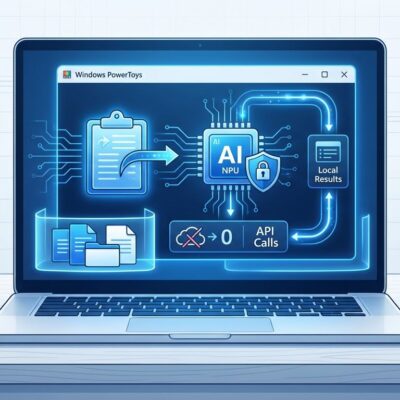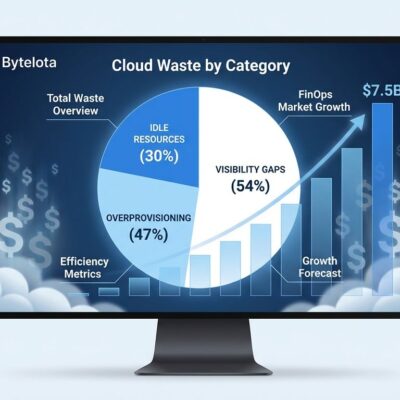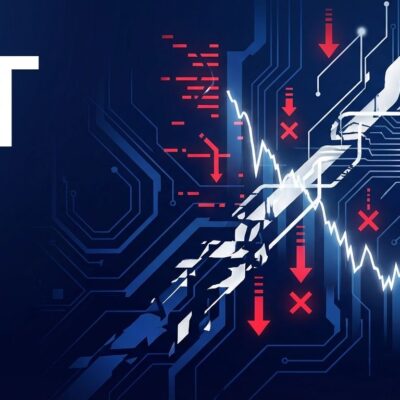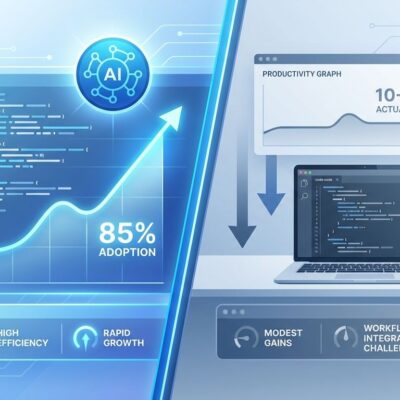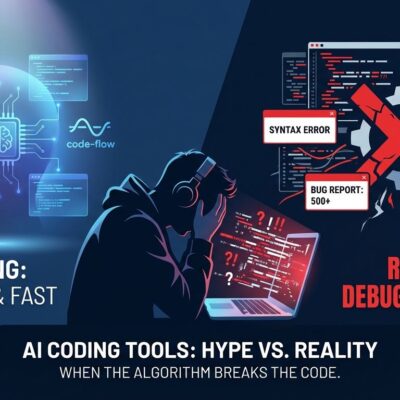
HSBC Global Investment Research dropped a financial reality check on November 26, 2025: OpenAI needs $207 billion by 2030 to keep the lights on. This isn’t speculation. It’s arithmetic.
OpenAI has locked in $588 billion in cloud computing contracts — Oracle ($300B), Microsoft ($250B), and AWS ($38B). Their projected compute costs by 2030? $792 billion. Even with $282 billion in projected cash flow and $67.5 billion from other sources, OpenAI is $207 billion short. That’s the gap between ambitious AI expansion plans and financial reality.
If the company leading the AI revolution — with $20 billion in annual revenue — can’t make the economics work, what does that say about the industry’s sustainability? This isn’t just OpenAI’s problem. It’s a stress test for the entire AI infrastructure ecosystem.
Burning $2.25 to Make $1
Here’s the uncomfortable truth: OpenAI loses money faster as it grows. The company burned $12 billion in Q3 2025 alone, according to Microsoft disclosures. That’s a single quarter. For 2025, the burn rate sits around $14-15 billion against actual revenue of roughly $12.7 billion. Sam Altman announced an annualized run rate of $20 billion by year-end, but that’s a forward projection, not current reality.
The math is brutal: OpenAI spends $2.25 for every $1 it earns. That 57% burn rate isn’t improving — it’s projected to continue through 2026 and 2027. By 2029, cumulative losses could reach $115 billion.
This breaks the traditional tech playbook. Uber and Airbnb burned cash to gain market share, then improved unit economics at scale. AI infrastructure doesn’t follow that pattern. Compute costs compound as you scale. More users means more inference. More capability means bigger models. More revenue means more expenses, faster.
The old wisdom was “lose money to dominate, then profit from dominance.” The new reality: You can’t subsidize your way to profitability when infrastructure costs grow exponentially alongside revenue.
Partners Are Holding $700B in OpenAI IOUs
Oracle, Microsoft, Amazon, Nvidia, AMD, and SoftBank have more than $700 billion tied to OpenAI’s ability to pay. The $588 billion in cloud contracts assumes OpenAI will consume that capacity and write the checks. Chip commitments of $190 billion (Nvidia $100B, AMD $90B) assume demand materializes. SoftBank holds an 11% equity stake. Oracle’s stock gained 30% on the partnership announcement, then surrendered all gains when reality set in.
HSBC gave all four cloud providers “buy” ratings despite this exposure. That’s telling. They’re betting someone — probably Microsoft — bails out OpenAI rather than lose a $250 billion cloud contract. That’s not a business model. That’s a hostage situation.
The risk cascades. Developer jobs at these companies depend on AI demand materializing. Data center construction, chip manufacturing, networking infrastructure — all built on assumptions about AI consumption. If OpenAI can’t pay, it’s not isolated damage. It ripples across the ecosystem.
The Heroic Assumptions Required
HSBC outlined solutions to close the $207 billion gap. They’re nearly impossible.
Option one: Double paying user conversion from 10% to 20% by 2030. That adds $194 billion in revenue. Sounds achievable until you run the numbers. OpenAI needs 3 billion regular users (44% of the global population over age 15) with 600 million paying subscribers. For context, Netflix has 260 million subscribers after 25 years. OpenAI needs 600 million in five years while simultaneously cutting burn rate and scaling infrastructure 50x.
Option two: Raise $207 billion in new equity or debt. That exceeds all currently available private equity capital allocated to AI. The entire venture capital industry would need to bet on OpenAI alone.
Option three: “Improved compute efficiency.” Translation: Cut costs while scaling. In practice, that means radically different infrastructure, pricing models, or business focus. It means changing what OpenAI is.
HSBC is being diplomatic. They’re saying “it’s possible if everything goes perfectly.” The subtext: It’s not happening without major structural changes. Either OpenAI pivots the business model, gets acquired, or the AI market corrects.
The Industry-Wide Pattern
This isn’t unique to OpenAI. Anthropic hit $5 billion in annualized revenue in July 2025 and targets break-even by 2028. They’re burning less than OpenAI’s 57%, but they’re still not profitable despite massive cloud credits from Google and Amazon. They just announced $50 billion in infrastructure investments and a $30 billion Azure commitment over eight years. Better execution than OpenAI, same fundamental physics.
Mistral AI generates around $100 million in annual revenue and needs 50-100x growth to justify its valuation. They raised $1 billion — impressive for a European startup, but a rounding error compared to OpenAI’s $18 billion or Anthropic’s $8 billion. They’re building their own infrastructure (18,000 NVIDIA chips in Europe) because they don’t have guaranteed GPU access like OpenAI (Microsoft) or Anthropic (Google-Amazon). More capital intensity, less funding, same economics problem.
Industry-wide data confirms the pattern. Less than 50% of AI projects are profitable, according to 2024 surveys. Foundation model costs dropped 90% since 2022, creating brutal commoditization pressure. The AI infrastructure arms race has a predictable winner: Nvidia and cloud providers selling shovels. The miners — OpenAI, Anthropic, Mistral — can’t find gold at current economics.
What Developers Should Actually Do
If you’re building on OpenAI APIs, what’s your plan if pricing doubles to cover actual costs? If you’re an AI engineer, is your role dependent on unsustainable burn rates? If you’re choosing a platform, who will still be here in 2030?
The smart play: hedge platform risk. Build abstraction layers. Don’t hard-code to one provider. If OpenAI pricing changes or availability shifts, you need options.
Follow the profitability. Enterprise AI has proven ROI. Consumer AI is speculative growth. Applications make money. Infrastructure burns it. Companies targeting realistic break-even (Anthropic’s 2028 target) are safer bets than growth-at-all-costs players.
Consider the stack. Cloud providers are profitable. Model providers are burning cash. Consumer AI apps are speculative. Build your career and architecture on stable foundations, not venture capital-subsidized infrastructure that might not survive the 2030 deadline.
The AI Gold Rush Meets Reality
The $207 billion gap is a reality check. OpenAI leads the AI revolution with $20 billion in revenue, cutting-edge models, and dominant market position. If they can’t make the math work, the industry needs to ask harder questions about sustainable business models.
This doesn’t mean AI is doomed. It means the current approach — burn massive capital to achieve dominance, then figure out profitability later — hits physics. Compute costs compound. Infrastructure is capital-intensive. Revenue doesn’t scale faster than expenses in this game.
The AI gold rush is hitting economic reality. Developers and companies need to plan accordingly. The vendors selling shovels will be fine. The miners need to find actual gold.

